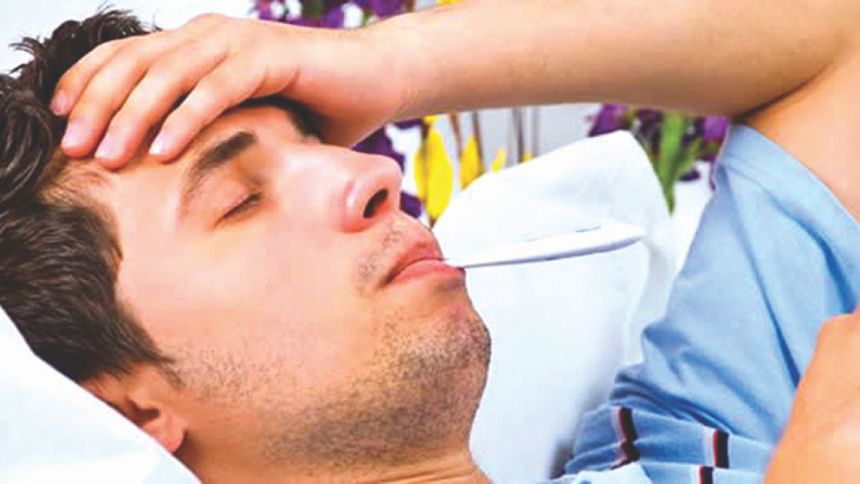Things you need to know about Chikungunya

Chikungunya is a viral disease which is transmitted to humans by infected mosquitoes . Chikungunya was first described during an outbreak in southern Tanzania in 1952. The name chikungunya originates from a verb in the Kimakonde language, meaning 'to become contorted'. This refers to the 'stooped' appearance of sufferers with joint pain (arthralgia).
Signs and symptoms
Symptoms appear between 4 and 7 days after the patient has been bitten by the infected mosquito. Chikungunya is characterised by an abrupt onset of high fever (40°C/ 104°F) frequently accompanied by joint pain. Other common signs and symptoms include muscle pain, headache, nausea, fatigue and rash. The joint pain is often very debilitating, but usually lasts for a few days or may be prolonged to weeks. Hence the virus can cause acute, subacute or chronic disease.
Most patients recover fully, but in some cases joint pain may persist for several months, or even years. Occasional cases of eye, neurological and heart complications have been reported, as well as gastrointestinal complaints. Serious complications are not common, but in older people, the disease can contribute to the cause of death. Often symptoms in infected individuals are mild and the infection may go unrecognised, or be misdiagnosed in areas where dengue occurs.
Chikungunya is rarely fatal. Symptoms are generally self-limiting and last for 2–3 days. The virus remains in the human system for 5-7 days and mosquitoes feeding on an infected person during this period can also become infected. Chikungunya shares some clinical signs with dengue and can be misdiagnosed in areas where dengue is common. Chikungunya can be detected using serological tests. Recovery from an infection will confer life-long immunity.
Transmission
The virus is transmitted from human to human by the bites of infected female mosquitoes. Most commonly, the mosquitoes involved are Aedes aegypti and Aedes albopictus, two species which can also transmit other mosquito-borne viruses, including dengue.
Diagnosis
Several methods can be used for diagnosis. Serological tests may confirm the presence of IgM and IgG anti-chikungunya antibodies. IgM antibody levels are highest 3 to 5 weeks after the onset of illness and persist for about 2 months. Samples collected during the first week after the onset of symptoms should be tested by both serological and virological methods.
Treatment
There is no specific antiviral drug treatment for chikungunya. Treatment is directed primarily at relieving the symptoms, including the joint pain using anti-pyretics, optimal analgesics and fluids. There is no commercial chikungunya vaccine.
Prevention and control
Prevention and control relies heavily on reducing the number of natural and artificial water-filled container habitats that support breeding of the mosquitoes. During outbreaks, insecticides may be sprayed to kill flying mosquitoes, applied to surfaces in and around containers where the mosquitoes land, and used to treat water in containers to kill the immature larvae.
For protection during outbreaks of chikungunya, clothing which minimises skin exposure to the day-biting vectors is advised. Repellents can be applied to exposed skin or to clothing in strict accordance with product label instructions. For those who sleep during the daytime, particularly young children, or sick or older people, insecticide-treated mosquito nets afford good protection. Mosquito coils or other insecticide vaporisers may also reduce indoor biting.
Basic precautions should be taken by people travelling to risk areas and these include use of repellents, wearing long sleeves and pants and ensuring rooms are fitted with screens to prevent mosquitoes from entering.
Source: World Health Organisation

 For all latest news, follow The Daily Star's Google News channel.
For all latest news, follow The Daily Star's Google News channel. 



Comments